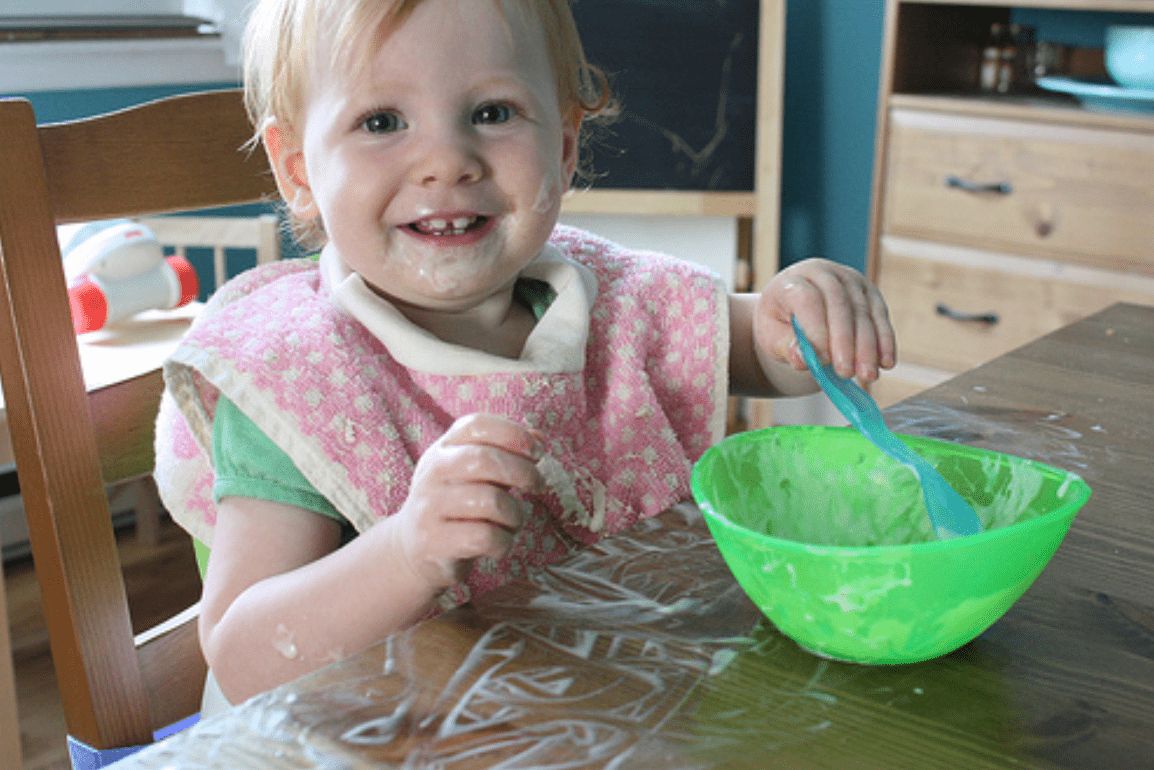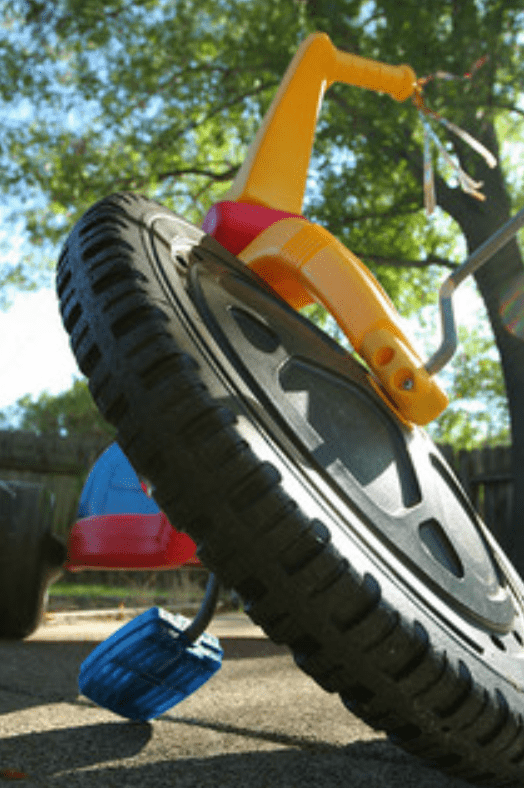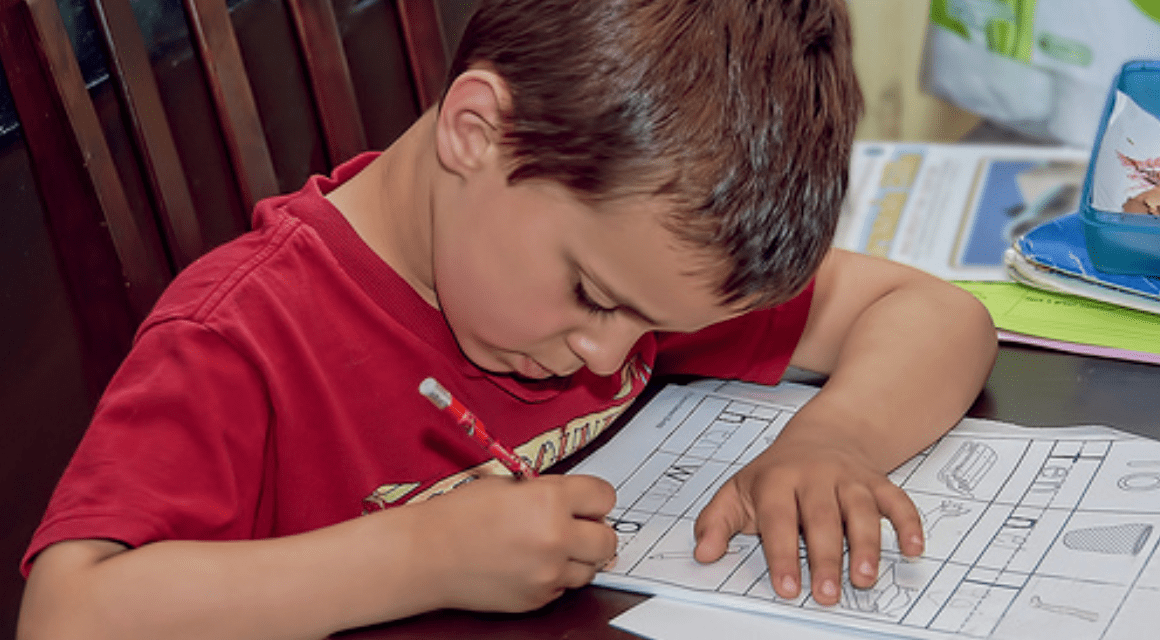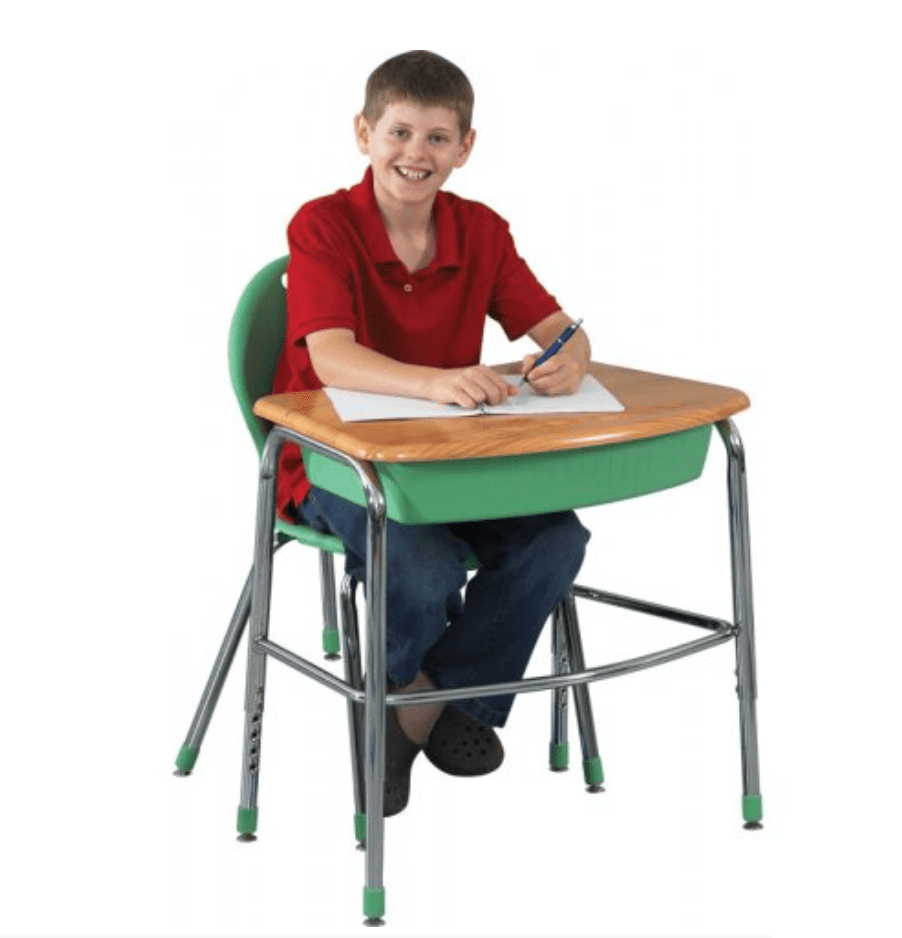
My goal is to provide parents and other caregivers (foster parents, grandparents, older siblings, daycare providers) with information, tips, strategies and resources to help manage challenges in everyday living. From eating to getting out the door in the morning, from managing personal care (dressing, bathing, grooming, toileting) to bedtime routines, from handling community-based activities to grocery shopping, from sensory diets to challenges at school… I want to help you. Whether your child has a diagnosis or is neurotypical but uniquely challenging, I'm here to assist you with managing your day with reduced stress and more fun.
I encourage you to please comment on what you read and share your experiences. Was the information helpful and you were able to make a positive change? Or, was it an epic fail, as my son would say! My hope is to be a resource to you. If you need further information or clarification, just ask.
I will post a new blog whenever I have something useful to share. Please let me know about the areas in your life that you find particularly challenging with your child. I am happy to provide assistance in the topics important to you.
Sincerely,
Michelle
Self-Regulation for Homework
Is getting your child to settle and focus on homework a challenge in your home? Or, is focusing on school work a challenge at school?
Parents and teachers ask me all the time, “What can I do for self-regulation to help a child focus on school work for high movement kids?” Here are some ideas to help you if you are asking the same question.
Often, with children who seem to exhibit high movement needs, such as seem to be constantly moving, wiggling and/or fidgeting all the time, and are described as “on the go,” we give movement strategies to meet their movement needs.
However, before we get into effective movement strategies for our high movers and groovers, I want to you to also keep in mind that regulating ourselves to get into that just right state for learning can come in many forms. Some kids and adults who are high movers do best with movement strategies but there could also be other strategies that are effective as well. Therefore, it is always best to try a few strategies and get the child's input.
Non-movement strategies
Some examples of regulating strategies that do not involve movement include:
- drawing, colouring, mandula designs, etc.
- working on a craft project for a few minutes
- doing deep breathing with an object like blowing a pinwheel, blowing up a balloon, blowing pretend candles, etc.
- sensory play such as playing with water, plasticine, magic sand, bubble wrap, slime, or a tactile bin or baggie (with fabrics, rice, water balls, beans, etc.)
- construction play with Lego, Plus Plus, Kinetics
-listening to music
-reading

When (and how) To Tell Your Child About Having Autism and Other Diagnoses
This article will review a very common dilemma for parents and caregivers… when is it appropriate to discuss with your child that s/he has a diagnosis such as autism, ADHD, Sensory Processing challenges and/or a learning disability and what are some of the best ways to do this.
For many families, receiving a diagnosis can be extremely overwhelming on many levels. On one side, many parents and caregivers may be relieved to finally learn why their child is behaving and having the challenges they are. “Ahhhh, there is a reason for all the difficulties!” But after that initial relief often comes a strong fear response. Families are flooded with questions about the future and how things will be for their little child. Many parents also want to protect their child. Their child is already getting into trouble a lot, so why burden them with a label that confirms they are different?
However, the conversation will likely occur at some point. And it might come up before you planned it to! Therefore, here are some things to consider before and during this conversation to help you and your child:

Sensory Play Meets Fine Motor Play
Can’t get your child off screens? Can’t get your child to engage in fine motor activities, especially when your child has fine motor delays? Add sensory processing differences into the mix and well, you’ve got a real challenge!
So what do you do? First, you say, “Challenge Accepted!” and then get started with these ideas that roll fine motor play and sensory play into one!
What does your child like?
TV? Netflicks? YouTube? If so, look for games and toys that are of your child’s favourite characters. Instead of fighting the very strong pull of screens, bring your child’s beloved characters to life! Offer stickers, Lego, puzzles, colouring pages, painting pages, dot to dots, mazes and cutting sheets of those very special characters. This will make fine motor play WAY more interesting for your child. To bridge these activities to sensory play, offer pastels, chalk, scented markers and crayons and differently textured stickers into mix.
What about food?...

This video shows you how to use elastics with a geoboard to develop finger strength and finger dexterity skills.
The resistance the elastics provide requires muscle strength to stretch the elastics onto the geoboard.
The geoboard also promotes finger coordination to place the elastics on the geoboard pegs.
This activity helps children practice finger pinch and finger coordination which are needed to develop improved fine motor control.
How to best manage the hectic holidays for your child (and you!).
Implement these 3 steps to take the hectic out of the holidays!
With the excitement of the holidays, these times are usually full of unexpected events, disrupted routines and change. And from what we know about most children on the autism spectrum and with other neurological differences, unexpected and unstructured routines and change are a recipe for the perfect storm.
Implementing these 3 steps will significantly help your child cope and potentially thrive during the holidays. These steps will also help you better manage your stress levels. Keeping your stress in check is essential as your child will pick up on your stress and that will in turn increase his/her stress levels.
1. Prepare, prepare, prepare!
I cannot overstate preparation. Preparation can come in many forms.
My first suggestion is for you to think about what has worked well in previous holiday situations and where have you run into trouble. When you're looking at preparation, start with the areas you know our predictively problematic for your child...

Introducing the Helping Hands Video Series
This video series will provide you with simple and fun activities to help develop your child's fine motor skills.
Fine motor skills refer to being able to use your hands and fingers in a coordinated fashion to be able to perform precise activities.
However, many children struggle with developing their fine motor skills and have fine motor skills challenges and difficulties.
This video series will teach you how to develop finger strength, finger coordination and dexterity, shoulder, arm and hand strength and pinch and pencil grasps needed to be successful and independent in everyday activities.
Each video in this series with teach you one new child-friendly way to develop a new fine motor skill.
Bubble Wrap Activity: How to improve finger strength for children
How to help a child strengthen their fingers and hands so they can manipulate toys and games, arts and crafts and eventually, write better.
This video shows you how to use bubble wrap to develop finger strength and finger dexterity skills.
The resistance of the bubble wrap plastic requires pinch muscle strength to pop the bubbles.
The bubbles also promotes finger coordination as you need to place your fingers accurately in order to pop the bubbles.
This activity helps children practice finger pinch and finger coordination which are needed to develop improved fine motor control.
You can also develop whole hand strength by grasping and twisting the bubble wrap and popping multiple bubbles at a time.
Get out your bubble wrap and start pinching.
Making Mealtime Fun
As some mealtimes can become very stressful very quickly, here are some tips on how to make your mealtime and snack times more fun.
This is very important for everyone.
For a picky or highly resistant eater, it is unlikely a child is going to try a new food when they are stressed or anxious.
Figure out your expectations of the meal before you start.
Consider how your child is managing overall each day.
Has it been a good day? Or has it barely begun and you already want to go back to bed!
Decide how long you think the mealtime should last.
Twenty to 30 minutes is generally accepted as an appropriate amount of time to eat a meal. Longer is usually counter productive and likely won’t change the outcome.
Decide on a goal for the meal/snack.
Is it to sit together as a family, taste one new food, or have your child sit for ten minutes without getting up?
Focusing on your one goal will help you let go of all the other concerns you have around mealtime that are overwhelming.
Offer movement breaks.
Movement breaks and/or a safe place your child can to retreat to if he/she starts feeling overwhelmed or upset, can help with avoiding meltdowns during a difficult meal. Once your child is feeling better, he/she can try re-joining the table.

Get Your Child Involved with Food
For highly picky and resistant eaters, there are lots of activities that you can do to get your child involved with food before the meal hits the table. The more your child is involved with pre-meal activities, the easier it will be for him/her to accept being around food, particularly non-preferred foods.
- Plan some meals together – Let your child decide on some of the dinners during the week. You might get more buy in and willingness to try new foods if you eat some of your child’s preferences (chicken nuggets and mac and cheese!). Subsequently, he/she should eat your preferences.
- Grocery shopping – Take your child with you to the grocery store when possible. Go at a time that isn’t super busy and go to a small store so it’s not over-stimulating for your child. Have your child pick out some of the food and then later when you are eating it you can talk this food.
- Talk about why you eat – Explain to your child why we eat and why we choose to eat a variety of healthy foods. This can be especially beneficial with children with Autism Spectrum Disorder as these kids can be extremely detailed focused. Providing specific information will help them understand why it’s important to eat different foods and this might be enough to convince your child to try something new.

Big Bang Foods
Many children have sensory processing differences. Some children are sensory seekers. These children need lots and lots of sensation to meet their sensory needs or to even notice a sensation. For these children, offering foods that provide lots of stimulation and sensation will help them notice what is happening in their mouths and/or meet their sensory needs. Foods with big crunch and big taste are listed below to give you some ideas:
Big Bang Foods
- Chewy foods (frozen gummy bears, beef jerky, dried fruit, sesame snaps)
- Crunchy foods (raw veggies, hard fruit, dill pickles, nuts)
- Cold foods (frozen berries/cut fruit/veggies, ice cubes)
- Spicy foods (baked chick-peas, seasoned nuts)
- Sour foods (lemons, apples with lime juice, cucumber with vinegar, sour candies)
Some children are oral seekers, meaning they love to explore their world through their mouth. It can be disconcerting when a child puts everything in their mouth (oh the germs!), but there is hope! The following is a list of socially appropriate/crowd-friendly foods and items that are hygienic and safe AND will meet the needs of oral seekers.
Crowd-Friendly Things for the Mouth
- Gum
- Hard candies (only if choking is not a hazard, of course!)

Heavy Work Activities for kids at home
You know when your child seems out of sorts… maybe due to being over-stimulated, has too much energy or, conversely, really low energy? Here is a quick and easy way to help your child get into a better state of arousal.
As there are many strategies you can use to help get your child back to that just right state for learning and function, ideally it’s best if you first determine what state your child is currently in, in order to determine the best sensory strategy.
But… when in doubt use deep pressure and heavy muscle work.
Why? Deep pressure to our joints and heavy muscle work stimulates the proprioceptive system (which is a big word for our body awareness sense). The proprioceptive system takes information from our muscles and joints and tells us things like the position of our arm without having to look at it or how much pressure we need to apply to a pencil to write with it without breaking the lead.
When our muscles and joints are stimulated this generates calming messages to the brain. As such, deep pressure and heavy muscle work tends to lower our arousal state when we are heightened and helps to reduce sensory overload. Because this system sends calming messages to our nervous system, activities that provide deep pressure or heavy muscle work do not result in a child becoming over-stimulated.
Alternatively, deep pressure and heavy muscle work activities can also work to kick us into gear when we are feeling low energy.
And this is why when in doubt … use deep pressure and heavy muscle work!
Here is a list of activities that you can do at home that will provide opportunities for deep pressure and heavy muscle work (and maybe a little extra help with the household chores, as that’s never a bad thing, right?!)
Activities around the house:

Heavy Work Activities for Teens
As previously discussed for children, there are many strategies you can use to help teens with sensory processing differences. And again, for both children and teens, when in doubt use deep pressure and heavy muscle work.
Why? (If you haven’t read the previous post, I’ll quickly recap.) Deep pressure to our joints and heavy muscle work stimulates the proprioceptive system (which is a big word for our body awareness sense). The proprioceptive system takes information from our muscles and joints and tells us things like the position of our arm without having to look at it or how much pressure we need to apply to a pencil to write with it without breaking the lead.
When our muscles and joints are stimulated this generates calming messages to the brain. As such, deep pressure and heavy muscle work tends to lower our arousal state when we are heightened and helps to reduce sensory overload. Because this system sends calming messages to our nervous system, activities that provide deep pressure or heavy muscle work do not result in becoming over-stimulated.
Alternatively, deep pressure and heavy muscle work activities can also work to kick us into gear when we are feeling low energy.
And this is why when in doubt … use deep pressure and heavy muscle work!
The following is a list of activities that teens can do to get deep pressure and heavy muscle work:

Messy, Sloppy, Disorganized Printing
What to do when the teacher says “I can’t read that!”
Many children, especially young boys are reported to have poor written work or printing. Teachers struggle as they cannot read their work. Often, boys differ from girls as they typically don’t spend the same amount of time coloring, drawing and practicing their letters. Part of this is because many boys prefer gross motor activities in the pre-kindergarten years. As a result, boys simply don’t get the same amount of practice. To further the discrepancy, boys typically don’t place a lot of importance on being neat and tidy when it comes to printing.
Of course there are children who have motor planning difficulties, visual perceptual challenges and generalized weakness which have detrimental effects on pencil control and printing quality. But for the majority of our messy, sloppy, disorganized printers, this is not the case. Most children learned bad habits for forming letters, likely because they were asked to print letters before they mastered pre-printing prerequisites. They mix up capitals and lower case letters because they did not have enough practice developing the motor memory for each case. And their current letter size doesn’t fit on the lined paper associated with their grade level.

Managing emotions in the classroom is very challenging yet crucial because learning can only occur when we are calm, alert and focused. Research has proven that the happier we are the more creative, productive and successful we are. We also know that when we are stressed, worried or scared, our thinking brain stops working.
Some signs that a student is feeling anxious may include:
- a racing heart
- stomachaches
- headaches
- muscle tension
- restlessness
- feeling on edge
- difficulty concentrating

Do you know children who:
- put everything in their mouths
- lick non-food objects
- chew their shirt necks and sleeves
- over stuff their mouths when eating
- are just plain old noisy?
These children are oral seekers. Oral seekers seek out stimulation for their mouths.
Why do they do this? Because it feels good. And because it helps them to self-regulate.
Chewing and sucking is organizing to the brain and helps us with self-regulation. Ever catch yourself chewing on the end of a pen, biting your nails, etc.? When do you do this? Likely when you are trying to concentrate or focus.
The deep pressure and heavy work from chewing and sucking tends to lower our arousal state when we are heightened and reduce sensory overload. It can also kick us into gear when we are feeling low energy and need to focus.

I hear all the time about students who can’t sit still, who are constantly moving, who are falling out of their seats, are fidgety, lean on their desks, prefer to lie on the floor… and the list goes on.
In Barry McDonald’s Boy Smarts February 2014 Newsletter’s feature article “Beware Of The Chair”, he cites research that is finding the more the child moves, the better the functionality of the brain. And that there is a positive link between physical activity and thinking skills including concentration, attention, working memory, flexible thinking and inhibition control. The article further states that there is no evidence that sitting facilitates learning (find out more at MentoringBoys.com).
What can we do in the classroom to help children stay at their desks and learn?
Here are 5 things teachers can do:

Primary grade teachers and parents! Here is what you need to know and do to develop your student’s /child’s hand skills for printing. This post will give you the why and how!
Hand and finger strength and coordination needed for precise hand activities is also known as fine motor skills.
Gross Motor skills are the large body movements we use for walking, running, jumping, balance, kicking, catching and throwing.
We need strong gross motor skills to lay the foundation and provide the stability for fine motor skills to develop. When we have good core strength and shoulder strength and stability, we will have better control of our hands.

Improving Body Awareness in the Classroom
What can we do in the classroom to help students have better control of their bodies?
Do you have students you would describe as:
- clumsy
- awkward and/or moves stiffly
- bumps into things
- trips or falls
1) Page position:
For left-handed students, position and angle the page as shown here. This is the most comfortable position for most lefties. Some lefties prefer the page to be even more angled so go with your child / student’s preference as long as s/he is not hooking his/her wrist.


